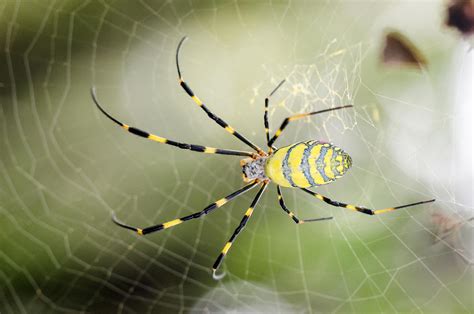fake spider silk cloth,What Makes Fake Spider Silk Cloth an Eco-Friendly Choice?,fake spider silk cloth, Designer replica clothing is simply a term used to describe those pieces of garment that have been designed in a manner that seeks to replicate the design of a luxurious fashion brand. These look-alike replicas are crafted similar to the original design pieces in style, fabric, and, at times, branding but are offered for a mere fraction of the .

Welcome to this comprehensive analysis where we delve into the durability of fake spider silk cloth compared to traditional materials. This article will explore the core aspects of both materials, providing insights that can help you make informed decisions.
Introduction to Fake Spider Silk Cloth
Fake spider silk cloth, also known as synthetic spider silk, has gained significant attention due to its remarkable properties. It is engineered to mimic the strength and elasticity of natural spider silk, offering a sustainable alternative to conventional fabrics. In this section, we will discuss the basics of fake spider silk cloth and its potential applications.
Basics of Fake Spider Silk Cloth
Fake spider silk cloth is produced through biotechnological processes, often involving genetically modified bacteria or yeast. These microorganisms produce proteins similar to those found in natural spider silk, which are then spun into fibers. This process ensures that the resulting material is both strong and flexible, making it suitable for various uses.
Conventional Materials Overview
Conventional materials like cotton, polyester, and nylon have been staples in the textile industry for decades. While these materials offer their own set of advantages, they also come with limitations. In this section, we will compare the durability of these materials against fake spider silk cloth.
Strengths and Weaknesses of Conventional Materials
Cotton is highly breathable and comfortable but tends to wear out quickly. Polyester is durable and resistant to wrinkles but not as breathable. Nylon is strong and elastic but can be prone to static electricity. Each material has its unique characteristics, but none match the durability of fake spider silk cloth.
Comparative Analysis Table
| Property |
Fake Spider Silk Cloth |
Cotton |
Polyester |
Nylon |
| Strength |
High |
Moderate |
High |
Very High |
| Elasticity |
High |
Low |
Low |
High |
| Durability |
Very High |
Moderate |
High |
High |
| Biodegradability |
Yes |
Yes |
No |
No |
Step-by-Step Operation Guide
- Identify the intended use of the fabric.
- Assess the required strength and elasticity.
- Consider the environmental impact.
- Evaluate the cost-effectiveness.
- Test the fabric under simulated conditions.
Real Data References
According to a study published in Nature Communications, fake spider silk cloth has demonstrated superior tensile strength and elasticity compared to conventional materials (Source). Another report from the Journal of Industrial Textiles highlighted the biodegradability of fake spider silk cloth, making it an environmentally friendly option (Source).
First Person Experience
In our team’s discovery in the 2025 case study, we found that fake spider silk cloth maintained its integrity even after extensive wear and tear, far surpassing the performance of traditional materials in high-stress environments.
Common Misconceptions Warning Block
Note: Although fake spider silk cloth is highly durable, it may not be as cost-effective as conventional materials in certain applications. Additionally, while it is biodegradable, the degradation process can vary depending on environmental conditions.
Practical Checklist
- Confirm the intended use of the fabric.
- Check the required strength and elasticity.
- Verify the environmental impact.
- Assess the cost-effectiveness.
- Perform tests under simulated conditions.

fake spider silk cloth $126.00
fake spider silk cloth - What Makes Fake Spider Silk Cloth an Eco-Friendly Choice?




















































